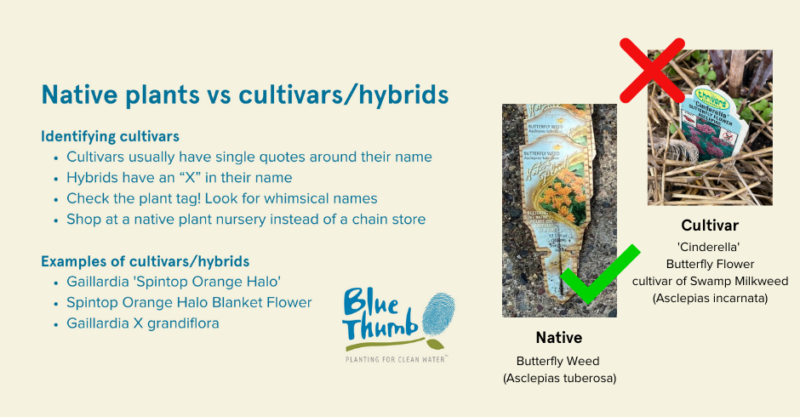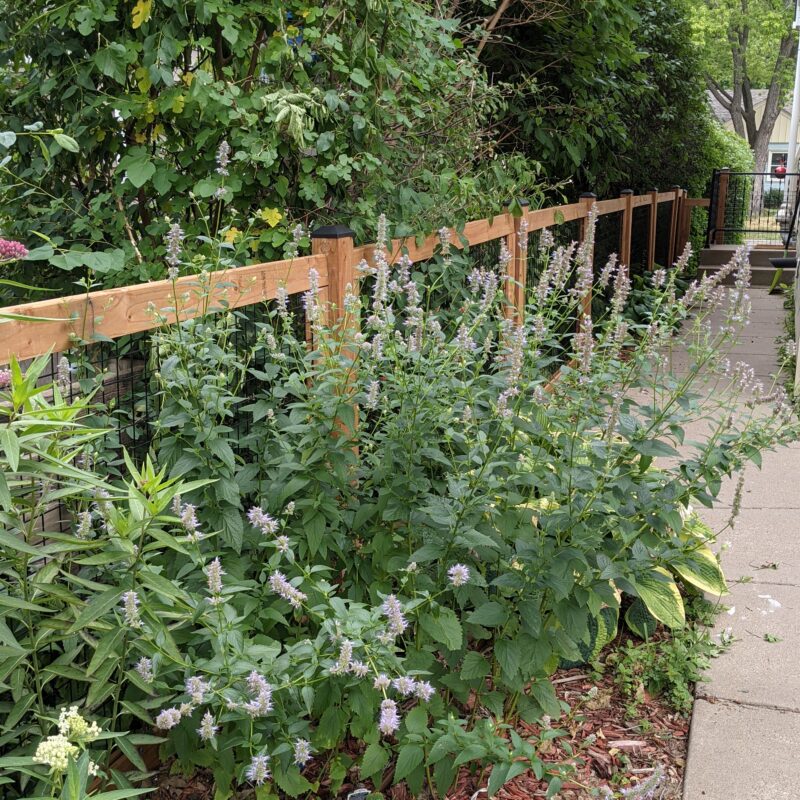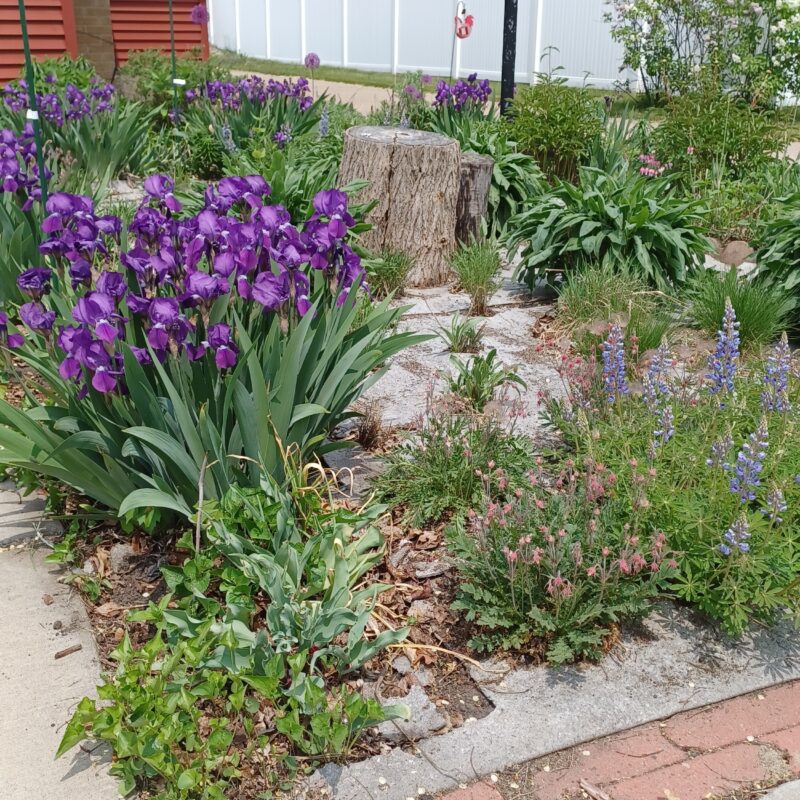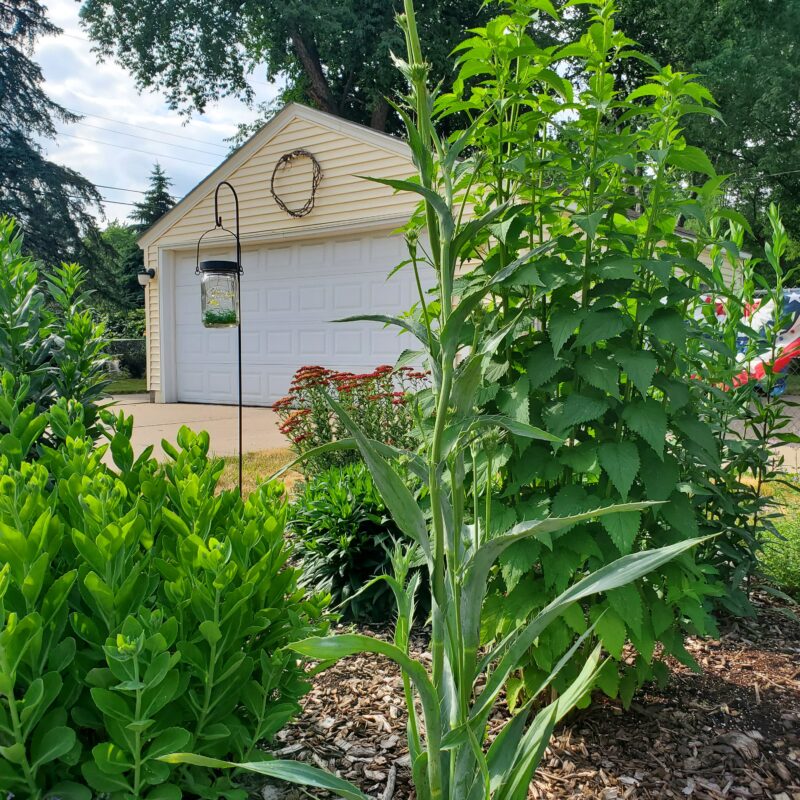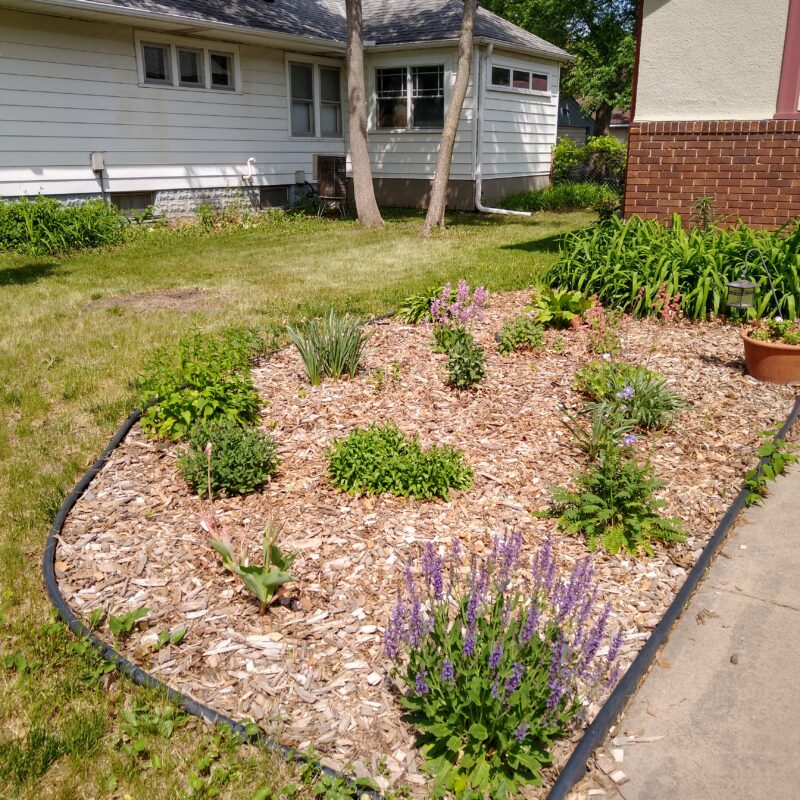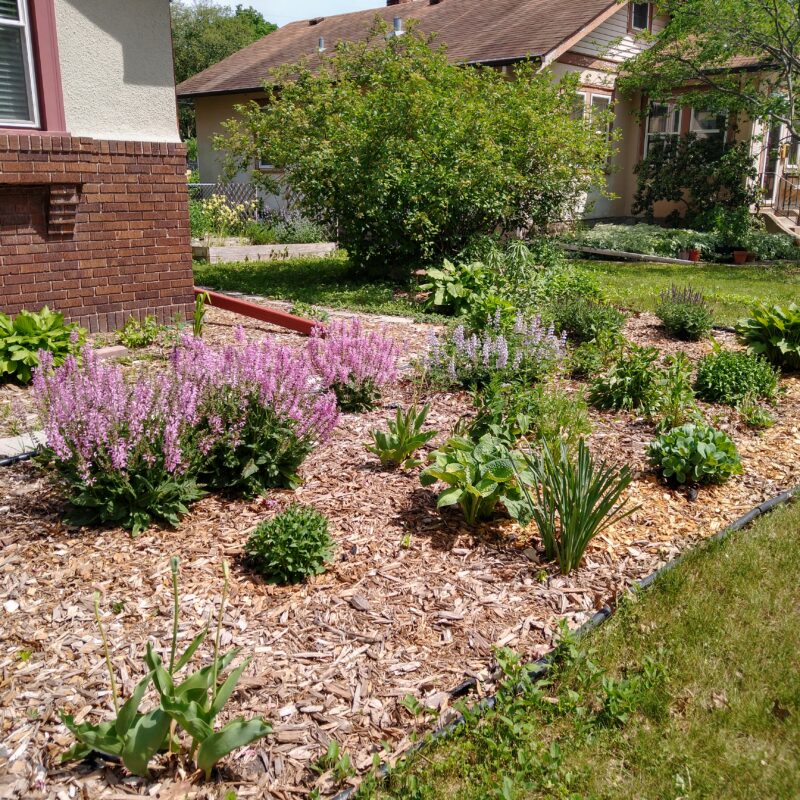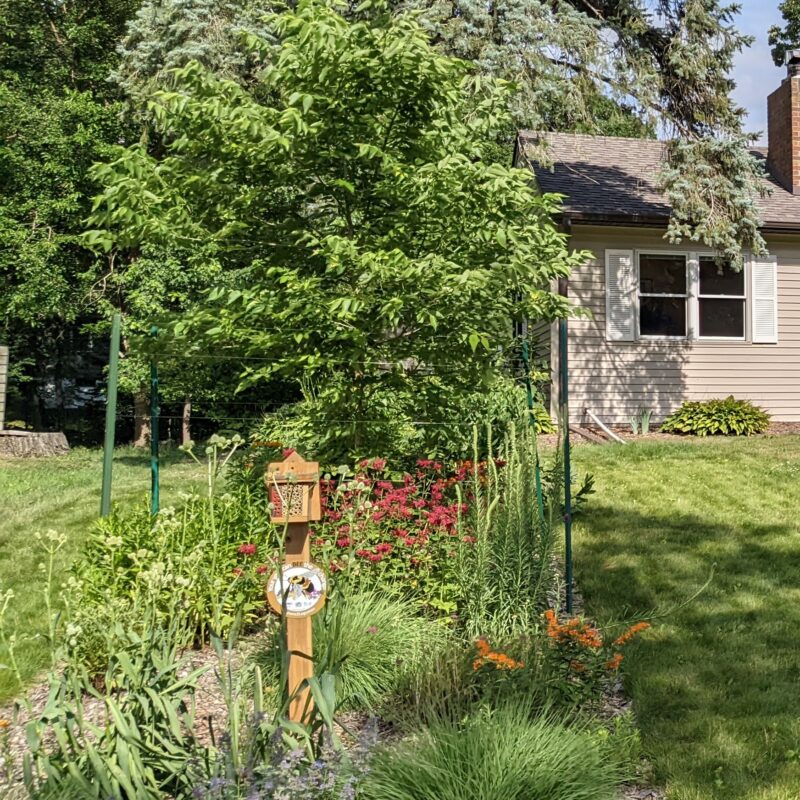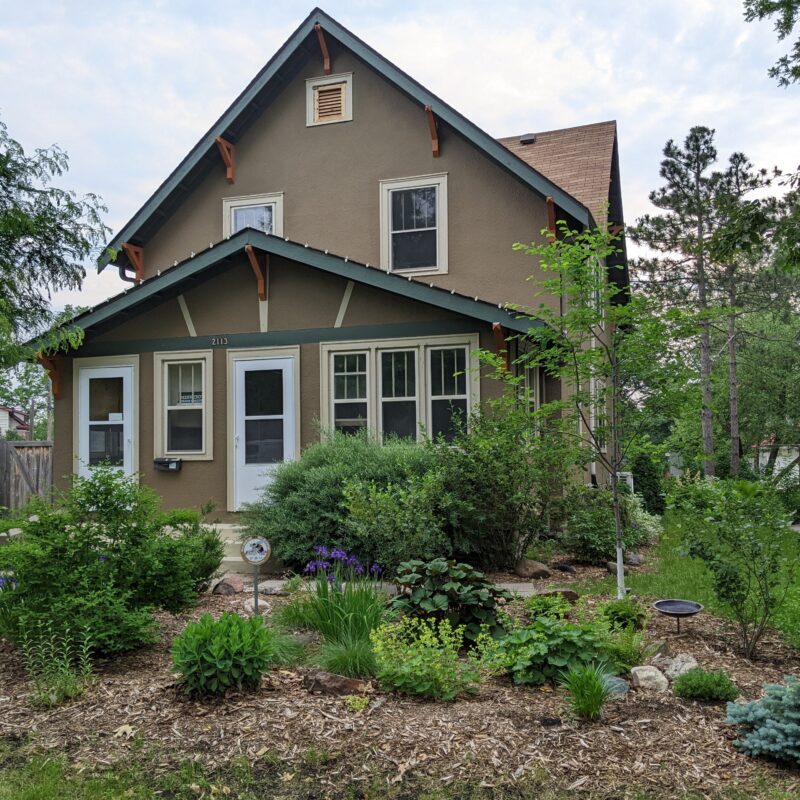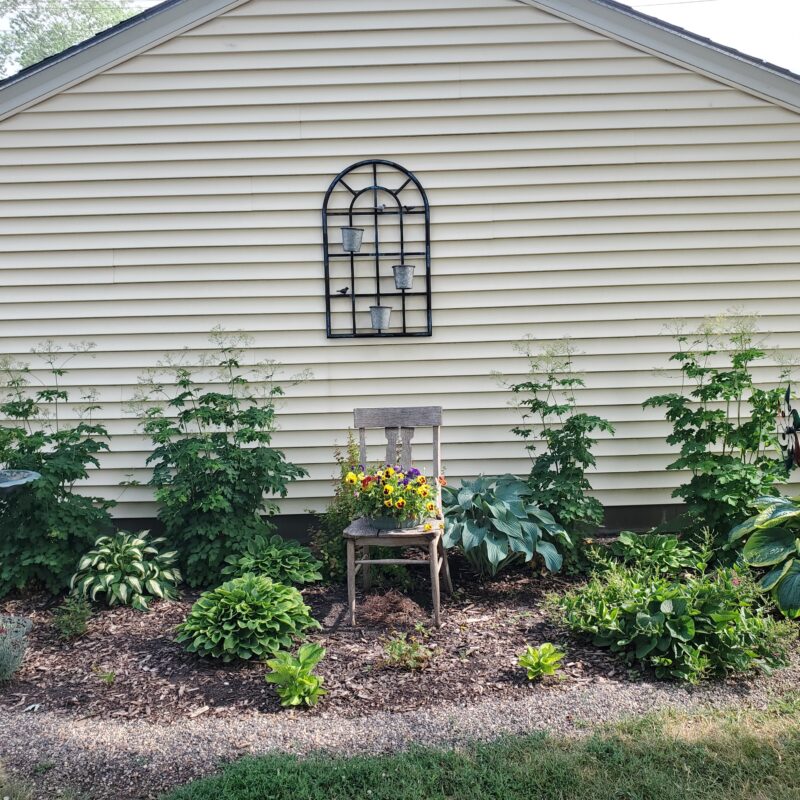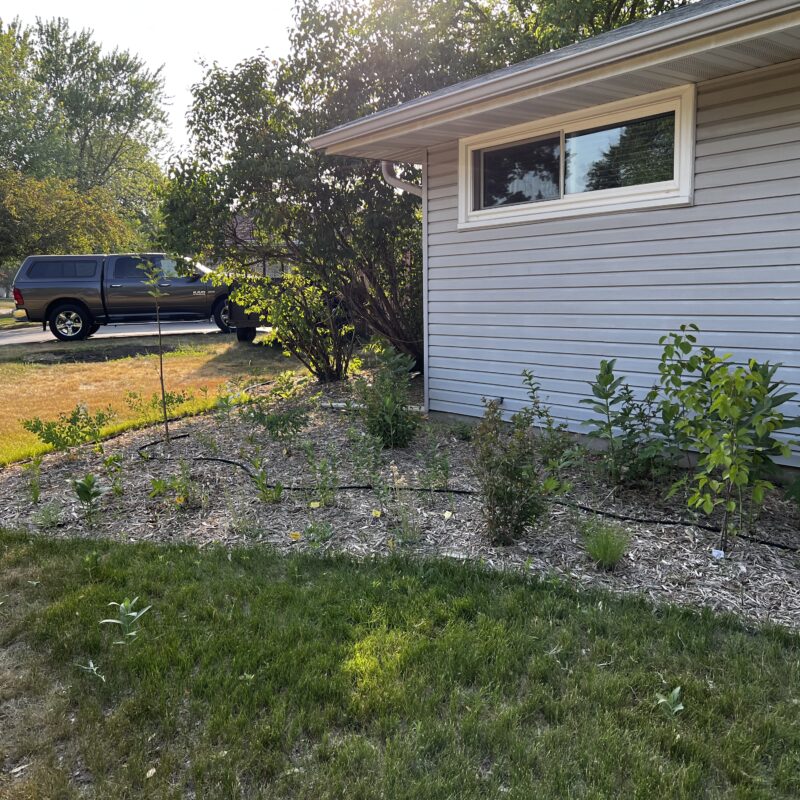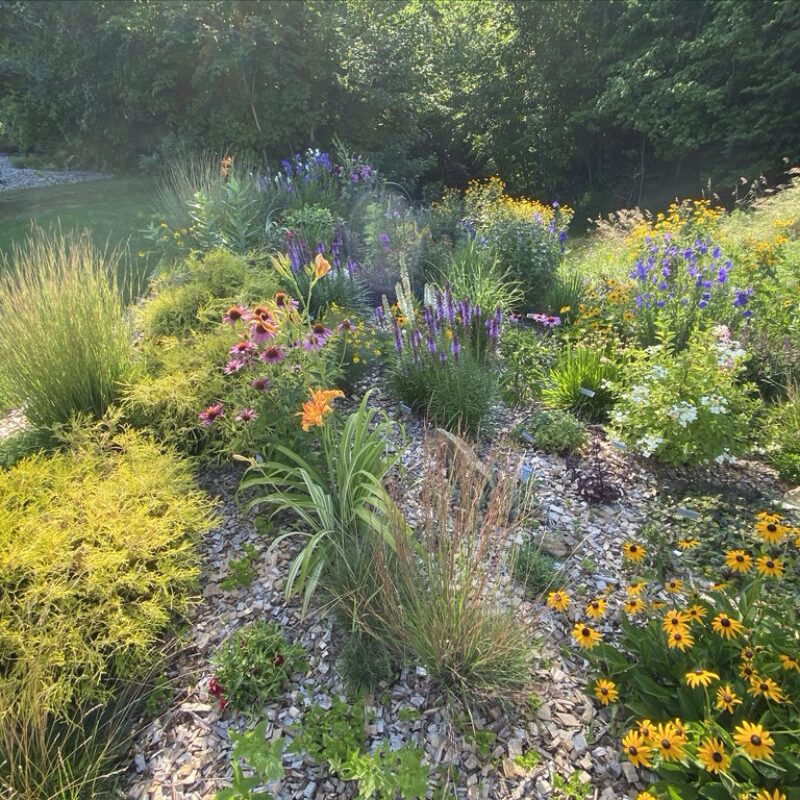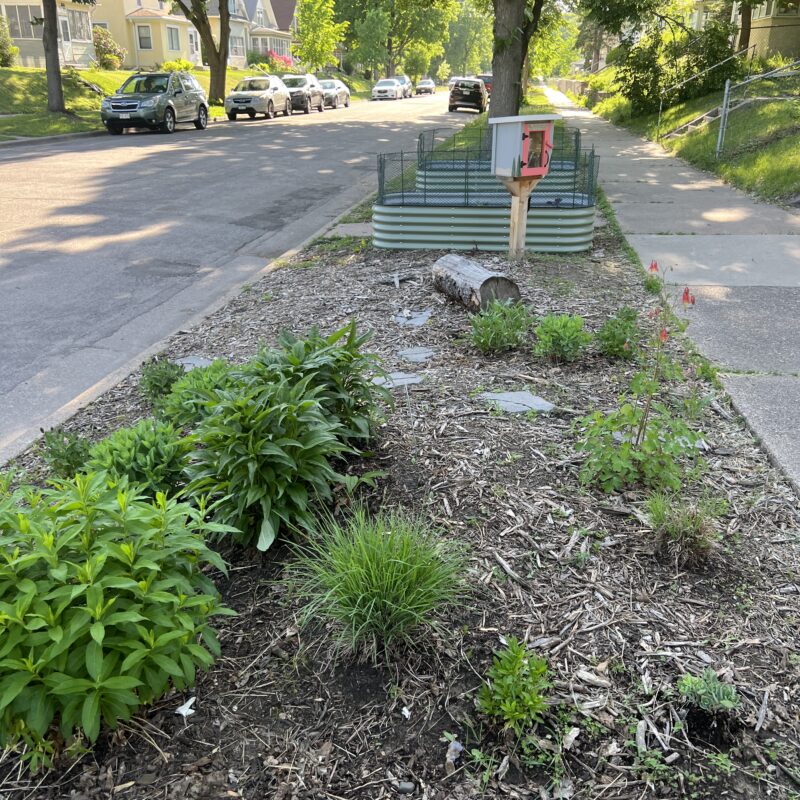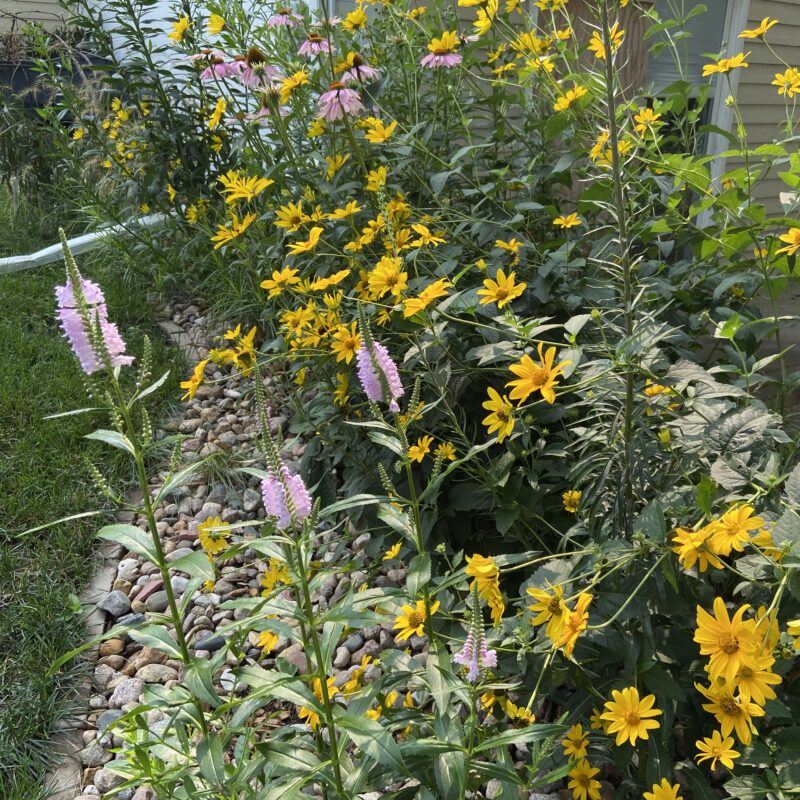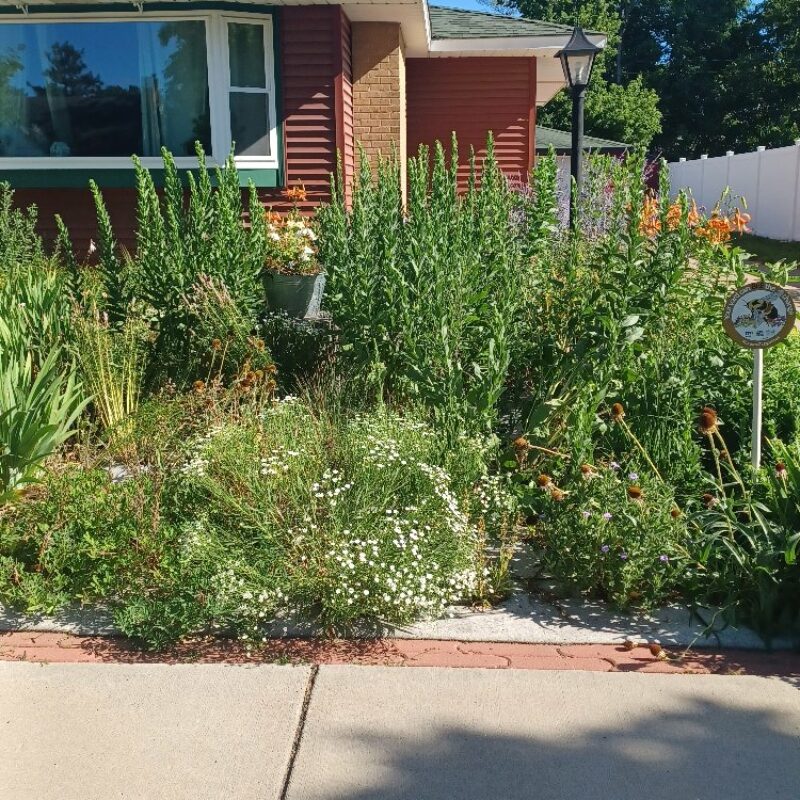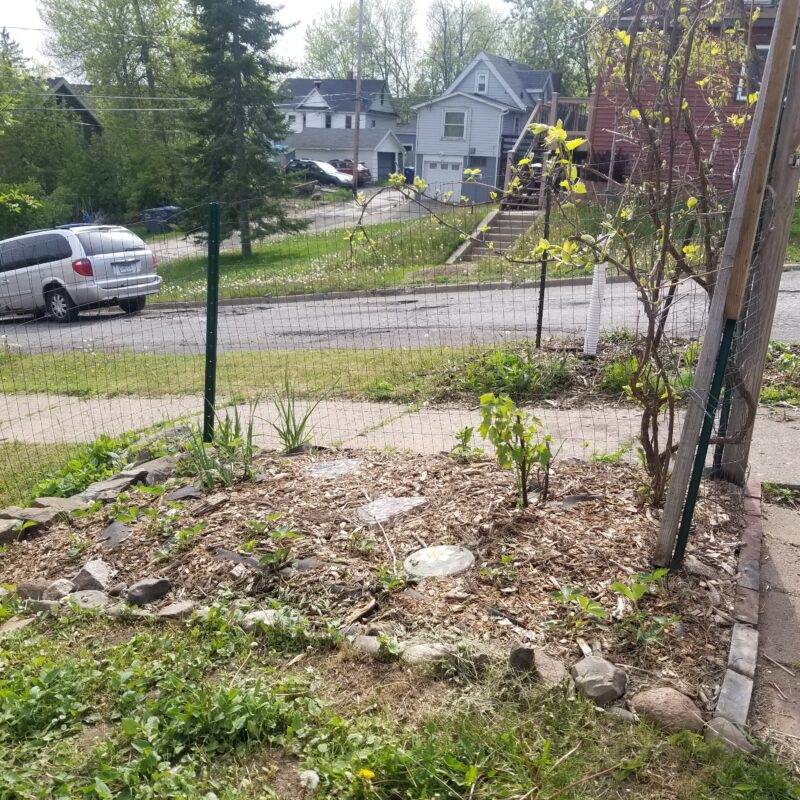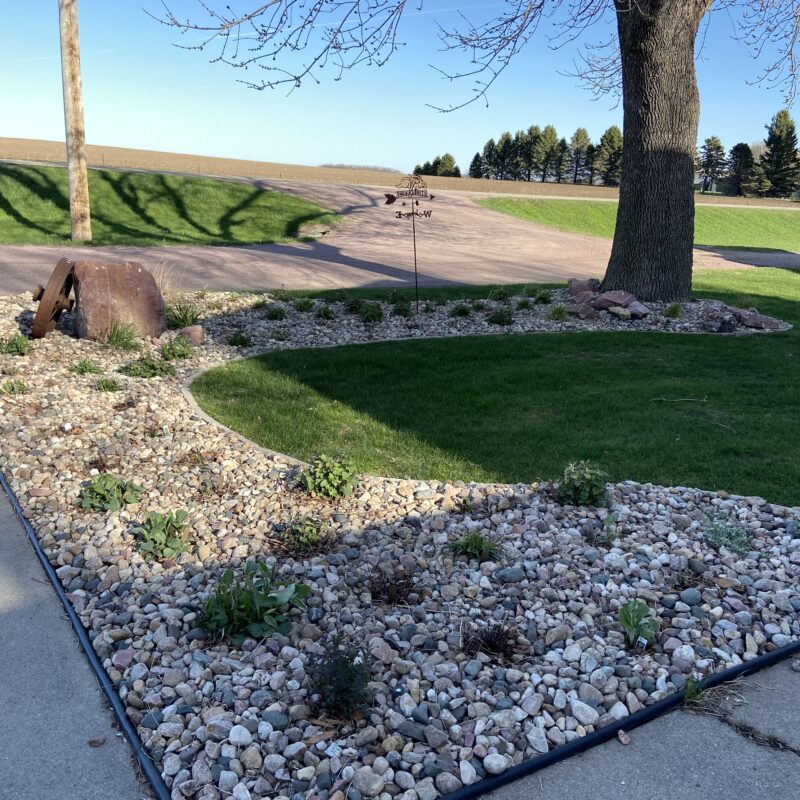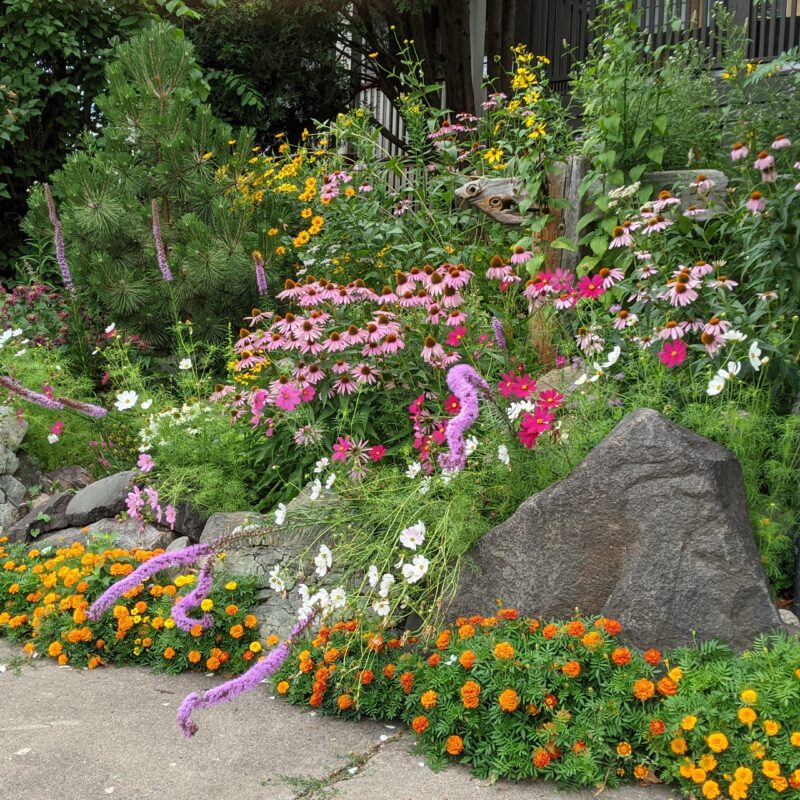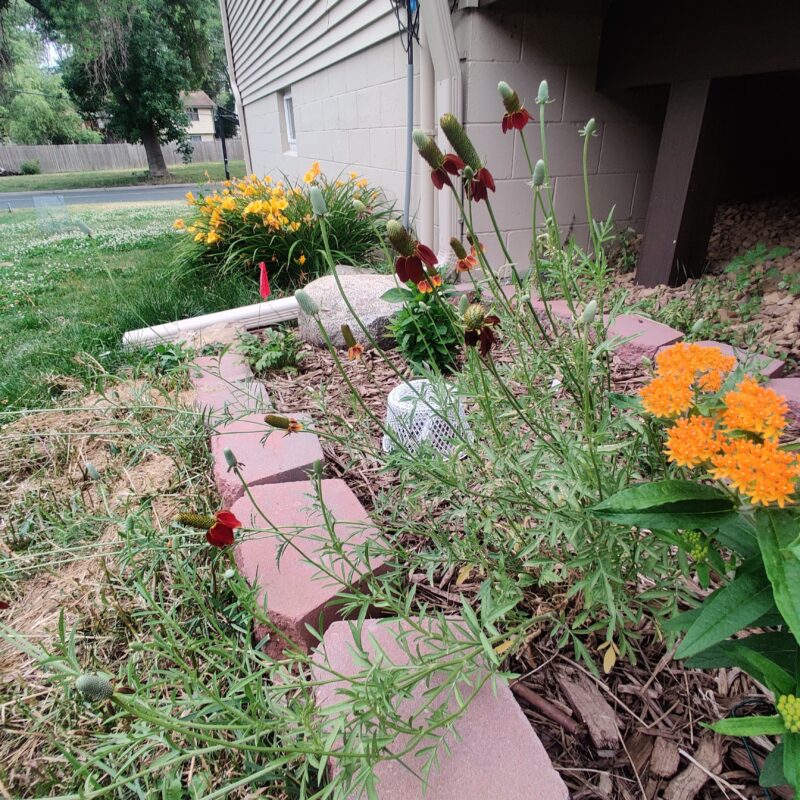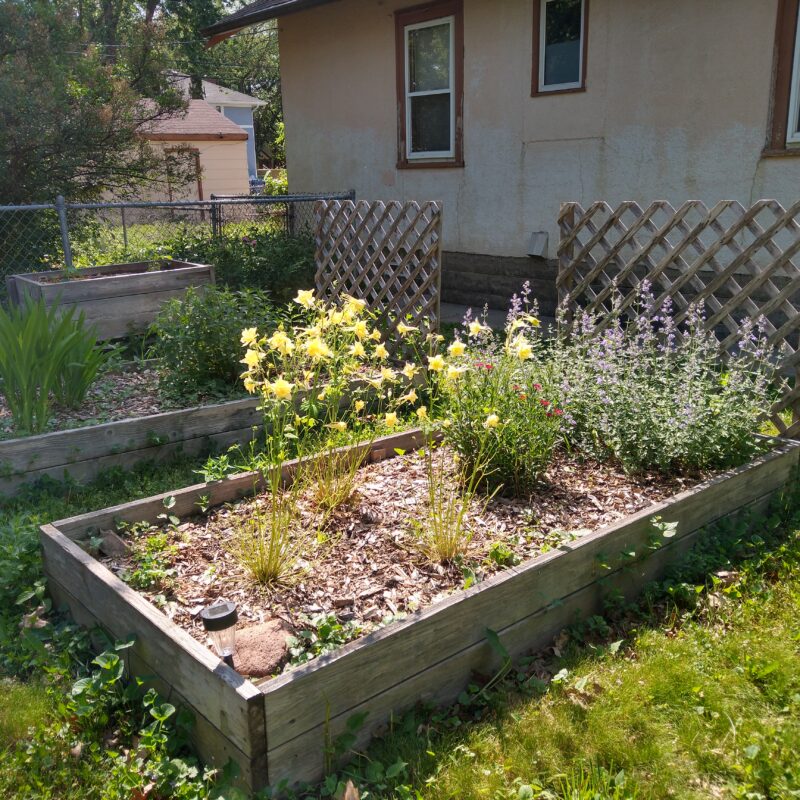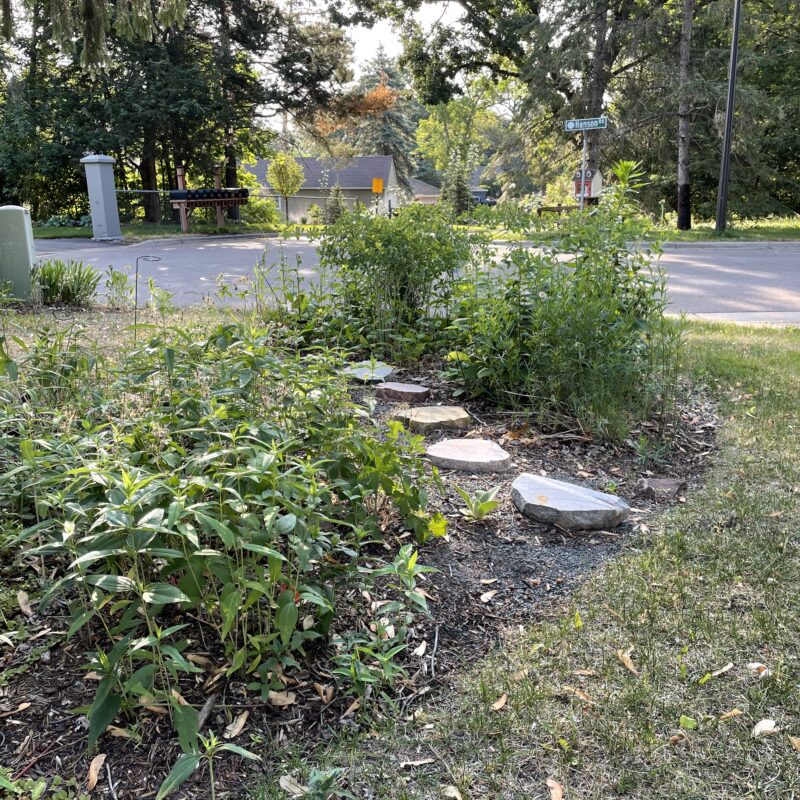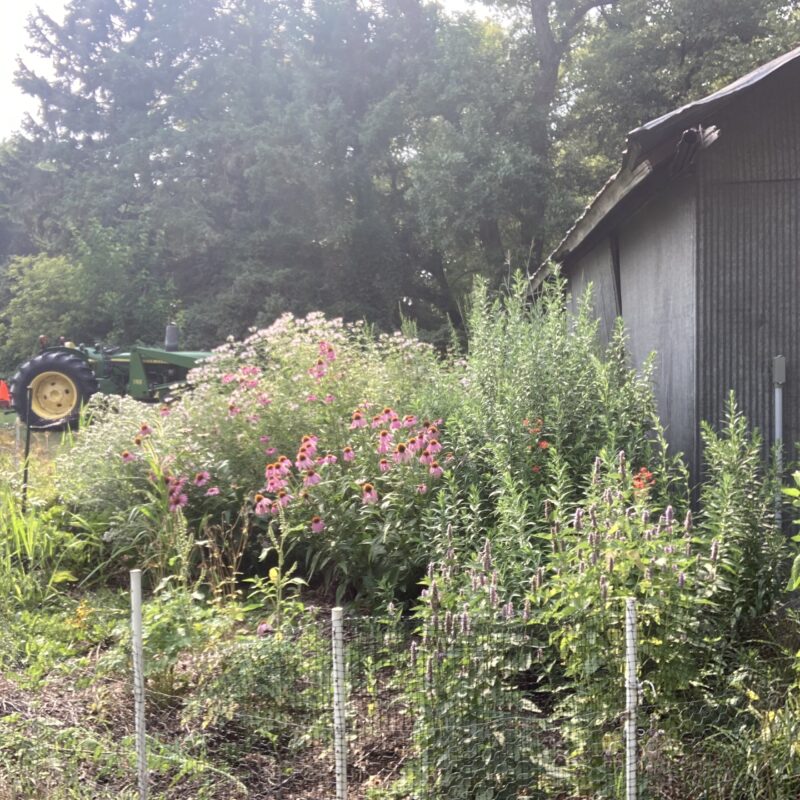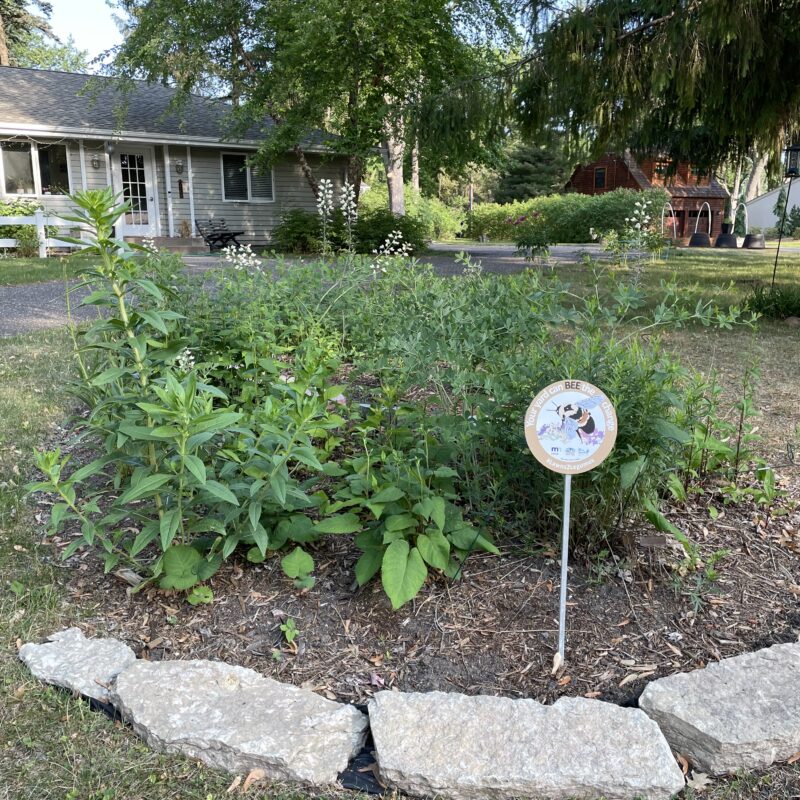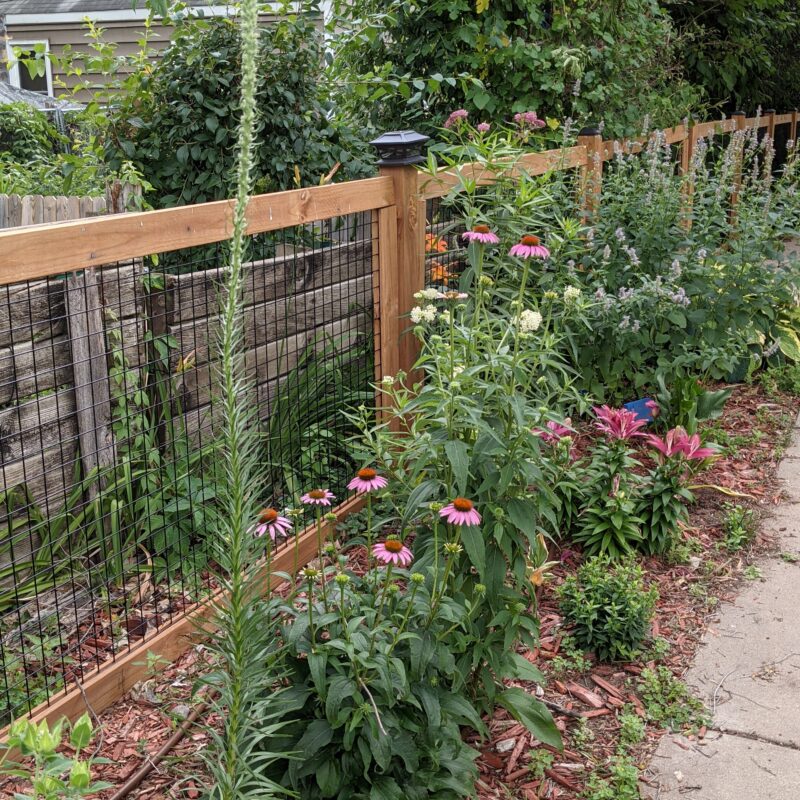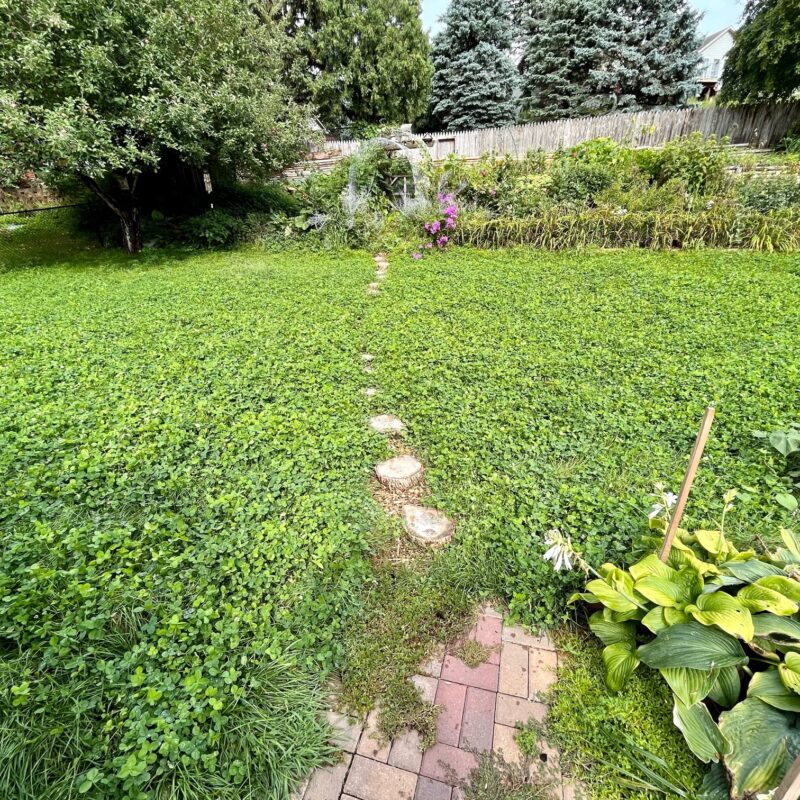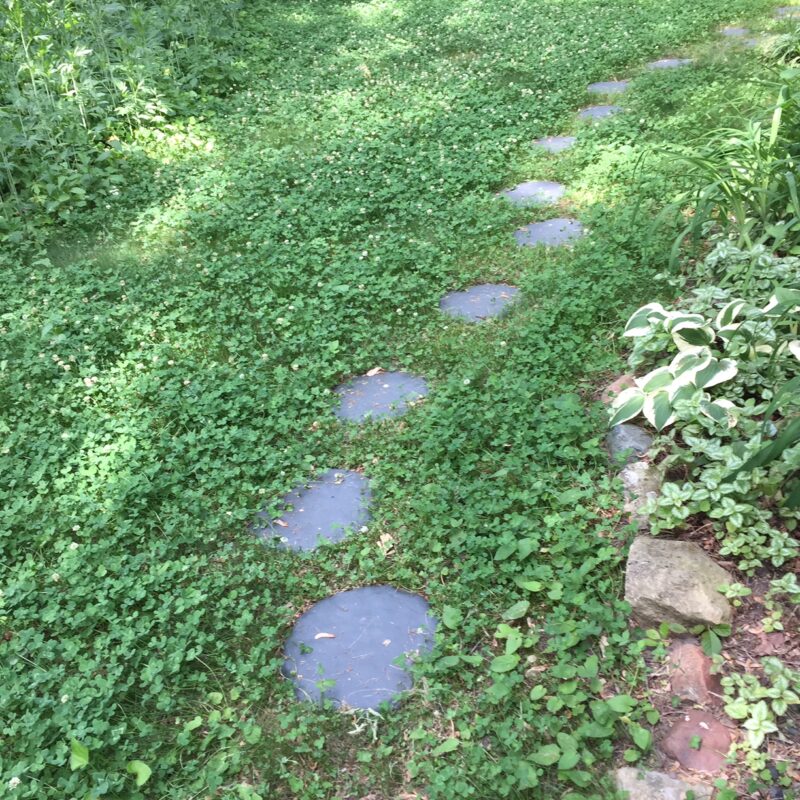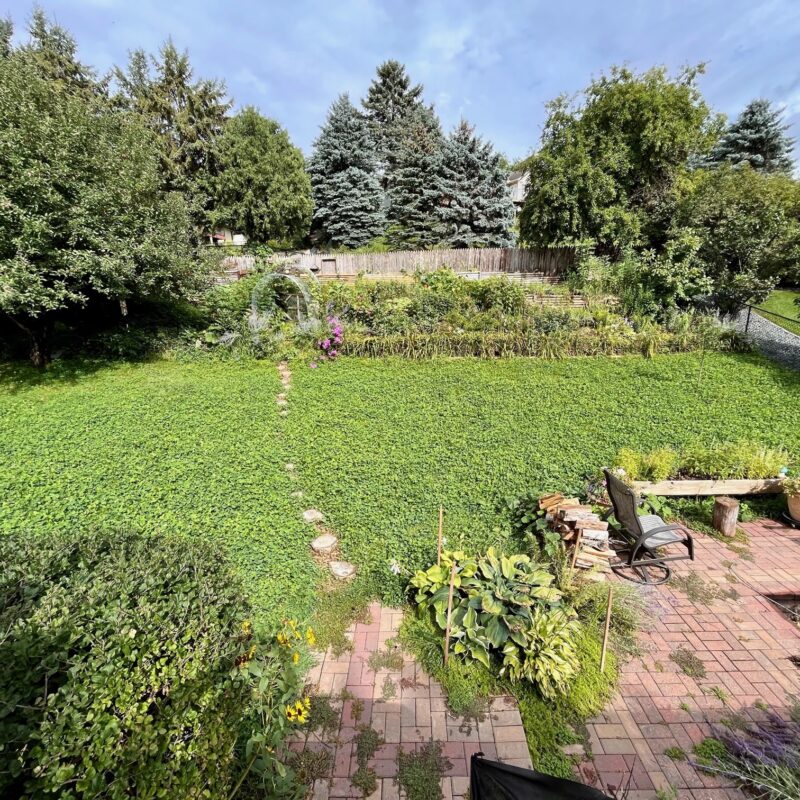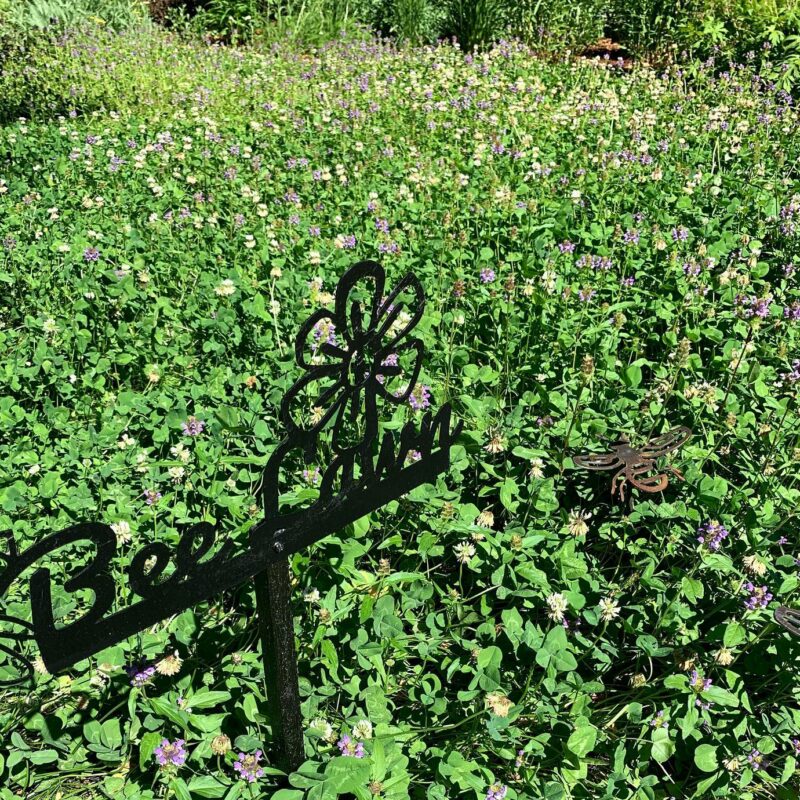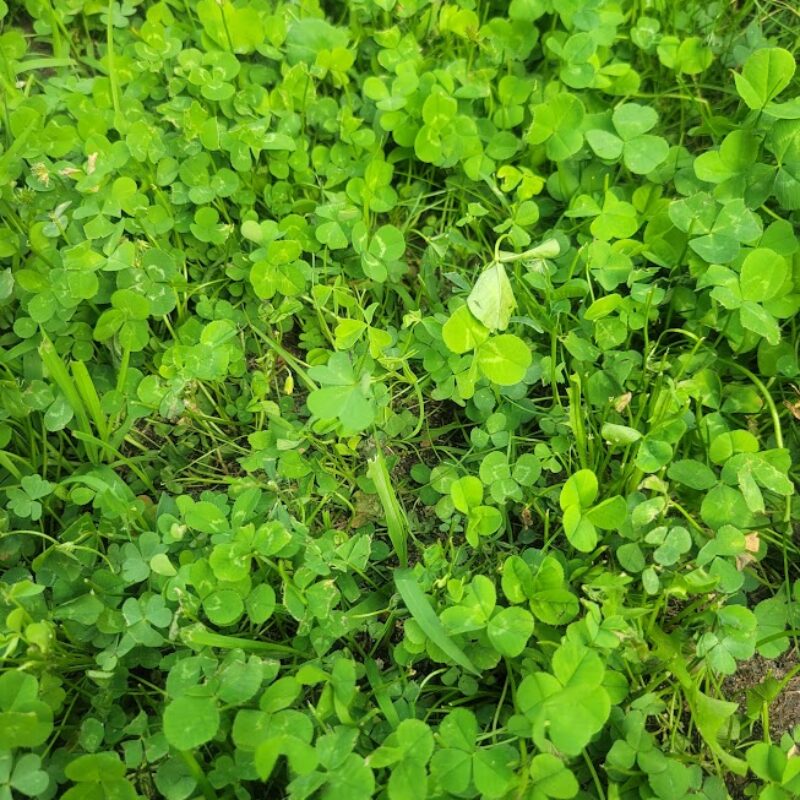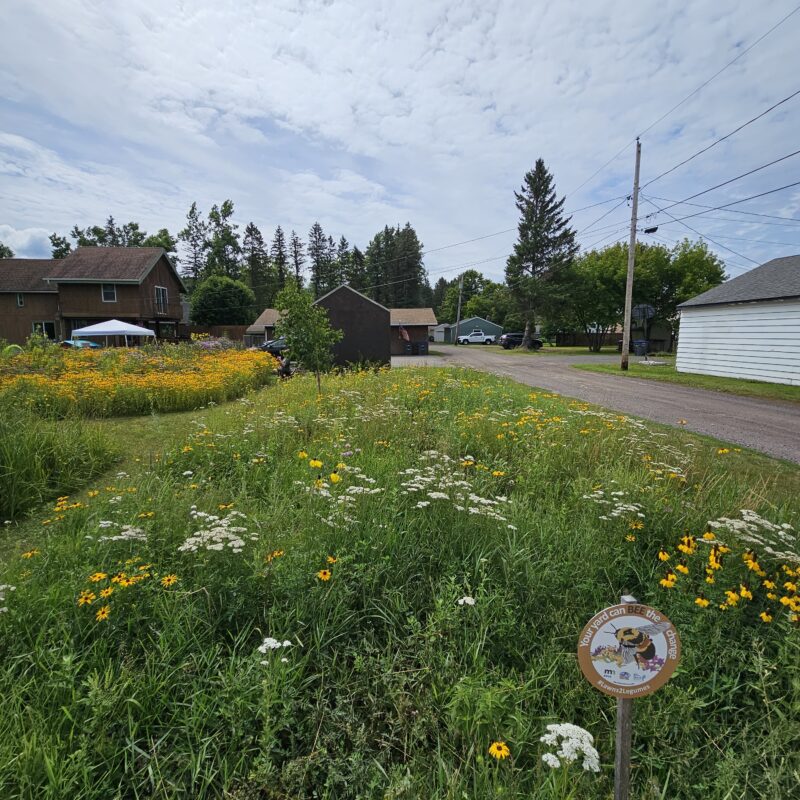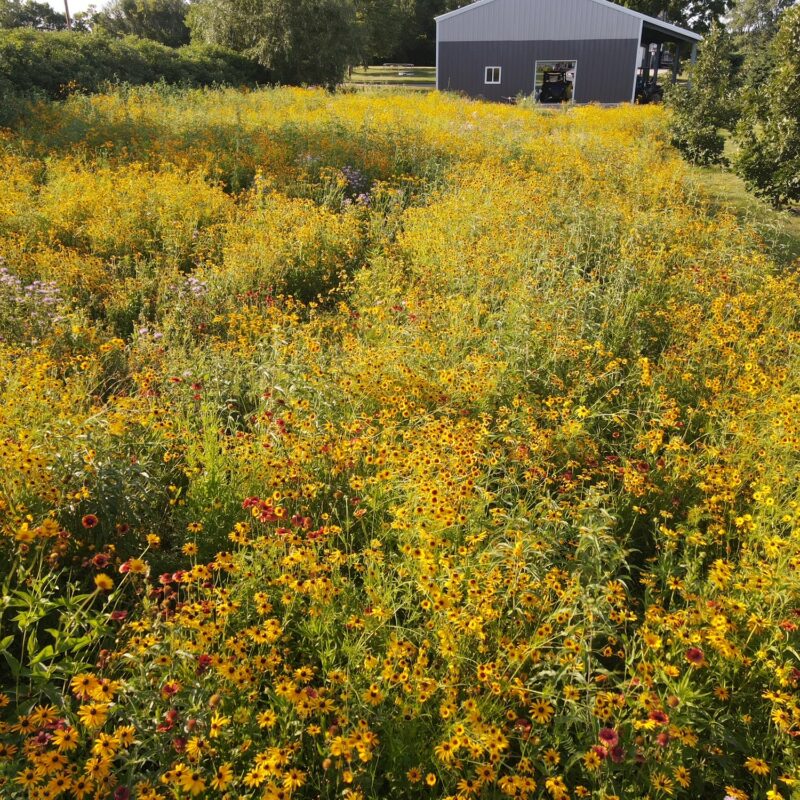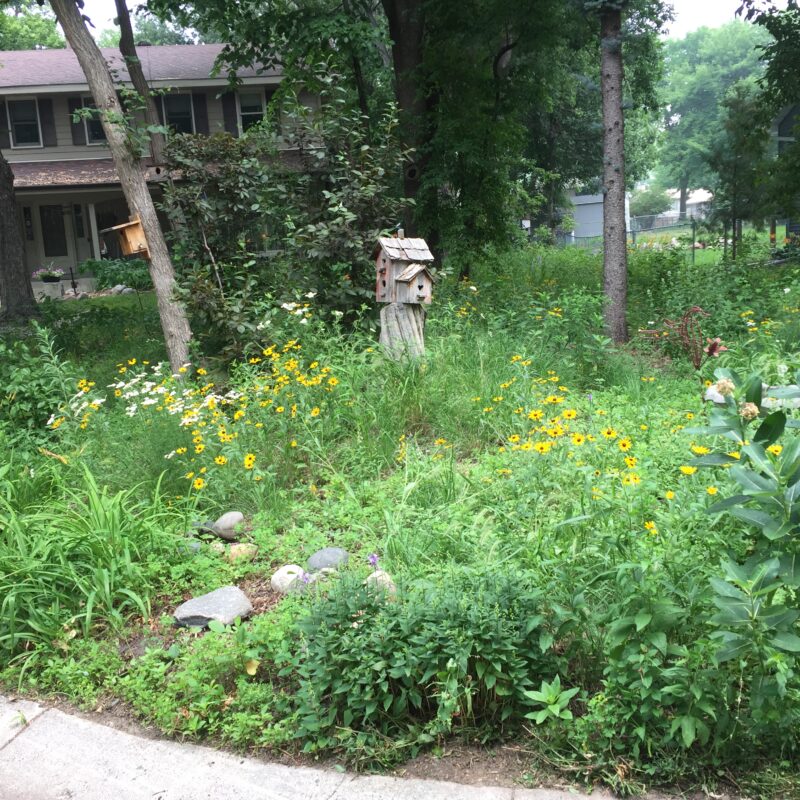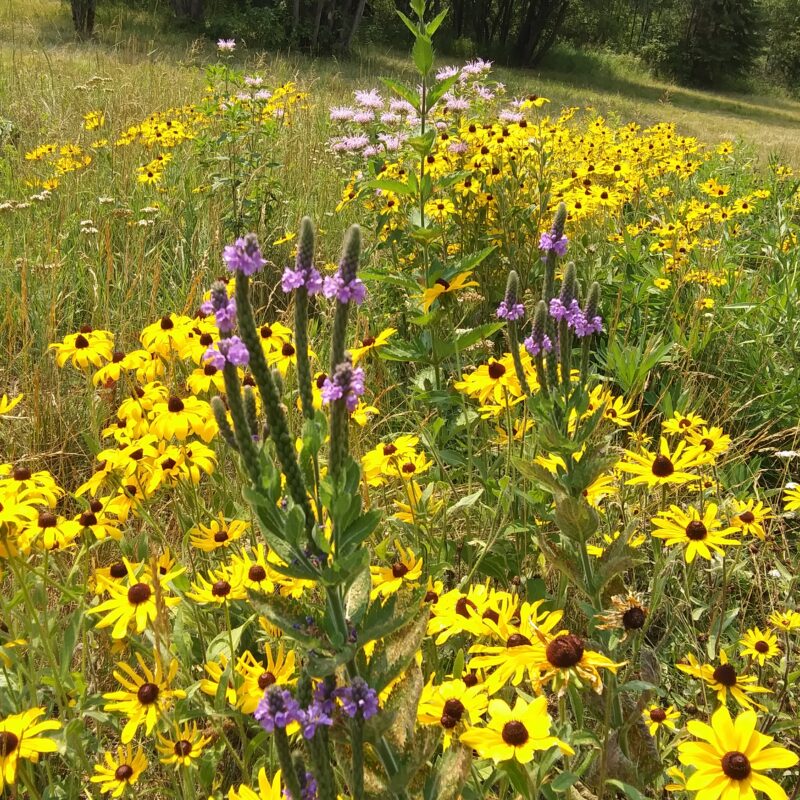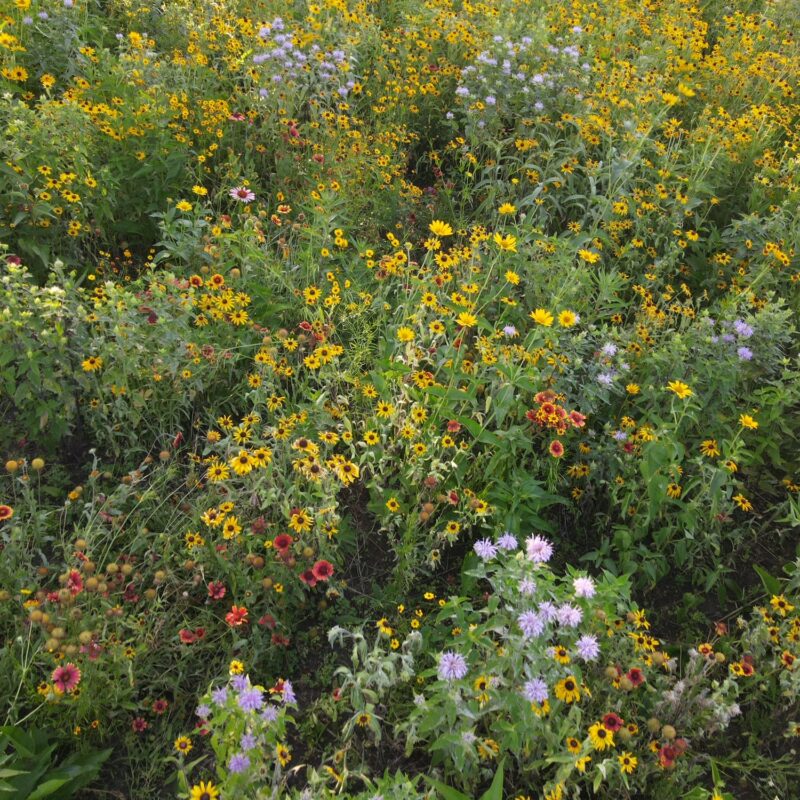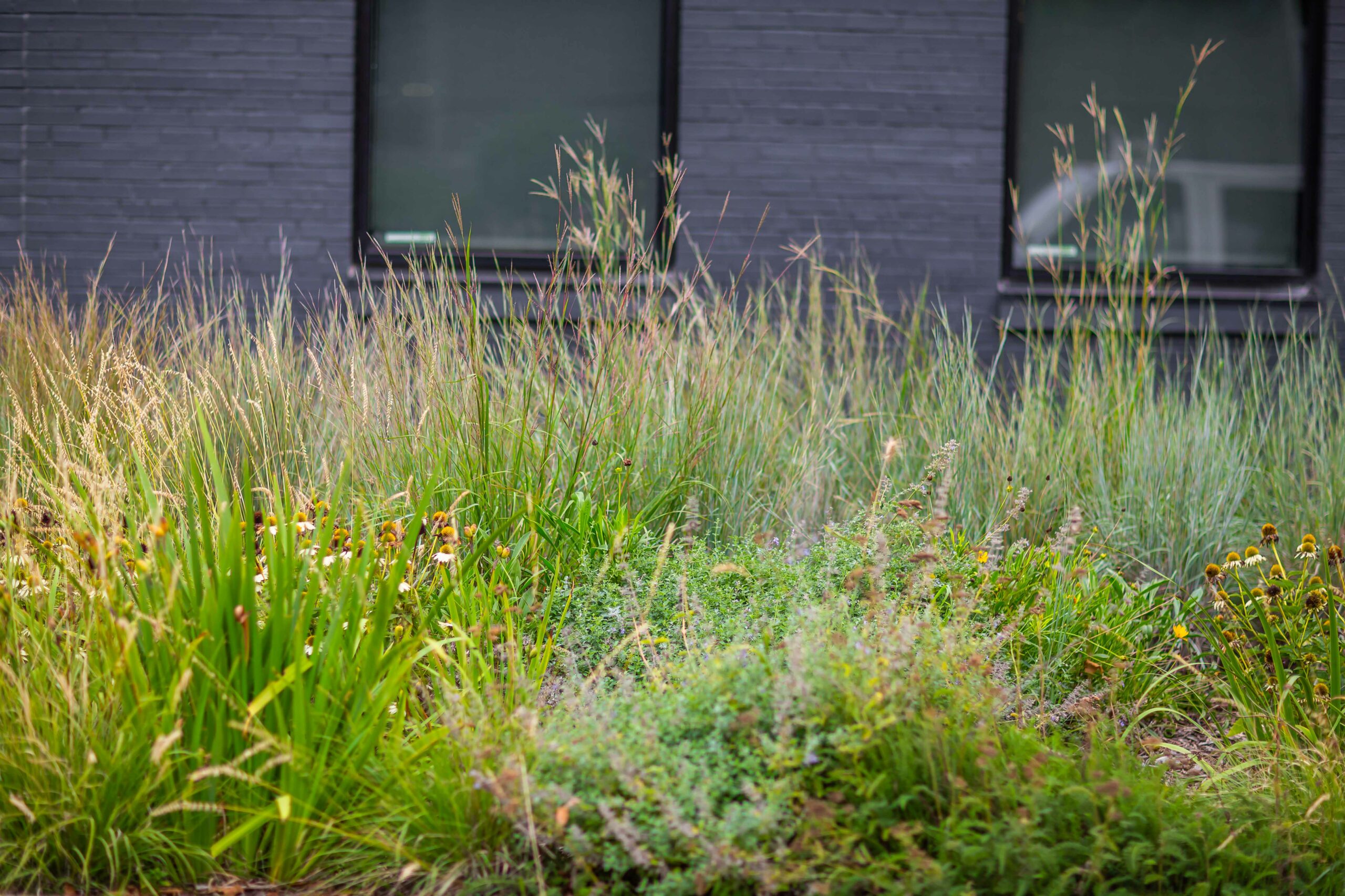Grantee Guide
Step 1: Getting Started

- Confirm your participation in the program! Follow the link that was emailed to you to accept your grant.
- Before you start your project, remember to take “before” photos of your project area. You will need to take “after” images once your project is completed.
- Attend the kick-off webinar (you will be emailed details) or watch the webinar recording (see below).
- Review reimbursable project expenses in the Eligible Expenses Guide.
- All grantees will have access to “The Hive!” The Hive is a new community platform for grantees to connect. You will receive an email to access The Hive. Connect with each other in your region’s “space,” share resources, get answers from coaches, and get program updates from L2L staff.
- Read the guide below! If you’d prefer to download a printable guide, click here.
Watch our 2024 Lawns to Legumes Fall Grantee Kick-Off Webinar. Closed captioning is available on YouTube. Click here to view a transcript of the webinar, and download the presentation slides here.
Watch our 2024 Lawns to Legumes Fall Grantee Q+A Session. Closed captioning is available on YouTube. Click here to view a written version of the questions and answers.
Stay Updated!
If you are a current Lawns to Legumes grantee, you should be receiving regular email newsletters from Blue Thumb. If you are not receiving emails or would like to update your email address, let us know at l2lhelp@bluethumb.org.
Fall 2024 Grantee Newsletters
- July 24, 2024 (Kick-Off and Q+A Session Recording Links)
- July 18, 2024 (Coaching Request Survey, Project Webinar links)
- Welcome Email (Resources and important links)
Step 2: Choose Your Project
The best way to protect native bumblebees and other pollinators is to plant a diversity of native floral species. We recommend selecting a project type that meets your needs for your yard while supporting as many pollinator species as possible. But don’t bite off more than you can chew! It’s better to have a smaller, successful project than a bigger project that you’re unable to finish or maintain.
Choose one (or a combination) of the following for your Lawns to Legumes project:
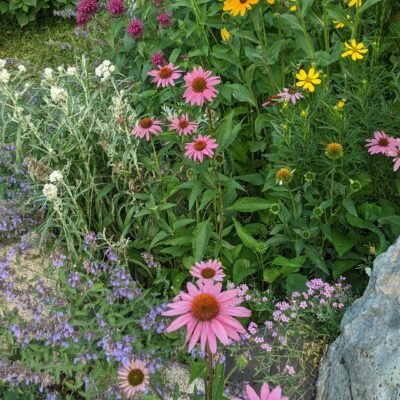 Pocket Plantings are small native gardens that pack a punch in terms of pollinator impact without taking up much space. They are a great way to get started if you are new to gardening, or want to expand your existing garden. Choose species that bloom in all three growing seasons (spring, summer, and fall) for the biggest impact. Variations of a pocket planting include rain gardens and shoreline plantings.
Pocket Plantings are small native gardens that pack a punch in terms of pollinator impact without taking up much space. They are a great way to get started if you are new to gardening, or want to expand your existing garden. Choose species that bloom in all three growing seasons (spring, summer, and fall) for the biggest impact. Variations of a pocket planting include rain gardens and shoreline plantings.
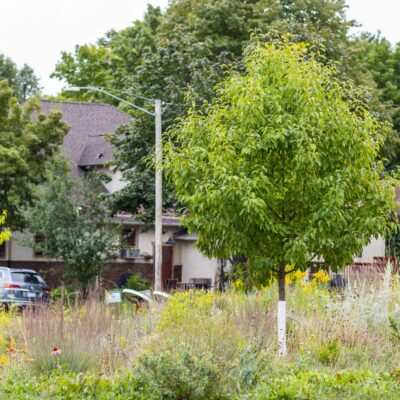 Flowering native trees or shrubs can provide as much pollinator forage as an entire garden. Early bloomers like willow provide high quality pollen for emerging bumble bees when few other resources are available.
Flowering native trees or shrubs can provide as much pollinator forage as an entire garden. Early bloomers like willow provide high quality pollen for emerging bumble bees when few other resources are available.
 Pollinator Lawns with low-growing fescues and flowering species offer less support for pollinators compared to a small garden or tree planting. However, they offer a realistic option if you frequently use your yard for activities like recreation and are still a better choice for pollinators than a typical turfgrass lawn. If incorporating a pollinator lawn in your yard, we strongly encourage prioritizing native species over non-natives when possible. See exceptions in the Eligible Expenses Guide.
Pollinator Lawns with low-growing fescues and flowering species offer less support for pollinators compared to a small garden or tree planting. However, they offer a realistic option if you frequently use your yard for activities like recreation and are still a better choice for pollinators than a typical turfgrass lawn. If incorporating a pollinator lawn in your yard, we strongly encourage prioritizing native species over non-natives when possible. See exceptions in the Eligible Expenses Guide.
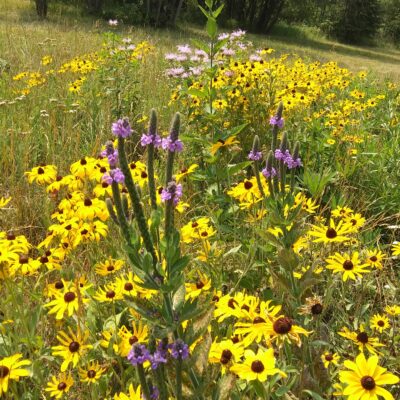 Pollinator Meadows, expansive areas with a diversity of native plant species, are the most beneficial choice for supporting as many pollinators as possible. If you have the time and space to create a pollinator meadow, go for it! The easiest way to achieve this might be to plant pocket gardens side by side, eventually creating a meadow that takes up your full yard.
Pollinator Meadows, expansive areas with a diversity of native plant species, are the most beneficial choice for supporting as many pollinators as possible. If you have the time and space to create a pollinator meadow, go for it! The easiest way to achieve this might be to plant pocket gardens side by side, eventually creating a meadow that takes up your full yard.
Step 3: Plan and Install Your Project
- Gather your resources. Check out the Minnesota Board of Water and Soil Resources Planting for Pollinators Design Guide, our Plan a Project page, and our Resources page for detailed guidance on your specific project.
- Prepare your planting site. Use our Quick Guide to Site Preparation to determine which site prep method is best for your project.
- Decide where to buy your native plants. Start with our Native Plant Nurseries and Retailers list.
- Before buying plants and materials, review the Eligible Expenses Guide (click here for a downloadable PDF version). Don’t forget to save your receipts!
- Note that only native Minnesota plants can be reimbursed. Non-native cultivars, “nativars,” hybrids and annuals are not eligible for reimbursement. Need help telling the difference between a native plant and cultivar? Review our Native Plants vs Cultivars handout.
Step 4: Complete your Project!
- When your project is complete, submit your project on our Request Reimbursement form. The form will be open mid-August through November 30 for Fall 2024 grantees. Grantees can request up to $400 in reimbursement for eligible expenses. Here’s what you’ll need:
- Size of your project: You’ll need to estimate the size of your pollinator habitat in square feet or acres.
- Before and After photos: Don’t worry if they’re not pretty! We just want to see that you successfully installed your project. Try to take your photos from a similar angle. Take photos of the whole project area, not individual plants. If you planted in multiple areas, take a before and after photo of each area.
- Receipts: Receipts must be legible and show that purchased plants are native (with a few exceptions noted on the Eligible Expenses Guide). If your receipts are not itemized, you can also submit a list of plant names or a photo of your plant tags. If your receipt includes purchases that are not part of your L2L project, circle or highlight the purchases you are requesting reimbursement for. Receipts must be from purchases made on or after the date you were notified of your grant award.
- Time spent on your project: You’ll need to share an estimate of the total number of hours you spent working on your project. This can include time spent planning and watching L2L webinars.
- Please be patient as we send out your check and sign. There may be delays, but we are doing our best to review and approve reimbursement requests as they come. Once you receive your check, please deposit it within 90 days or your check will be voided.
- If you would like, map your completed project so we can share the impact of our collective work to protect pollinators.
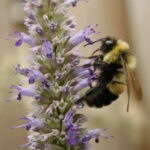
SUBMIT A REIMBURSEMENT REQUEST
Fall 2024 deadline: November 30, 2024
Project Gallery
Every Lawns to Legumes project is unique. Browse projects by previous Lawns to Legumes grant recipients for ideas and inspiration!
Pocket Plantings
Pollinator Lawns
Pollinator Meadows
Frequently Asked Questions
Project Eligibility and Reimbursable Expenses
Planting and Maintenance
Project Reimbursement
Miscellaneous Questions
If you can’t find the information you are looking for, email us at L2Lhelp@bluethumb.org.

